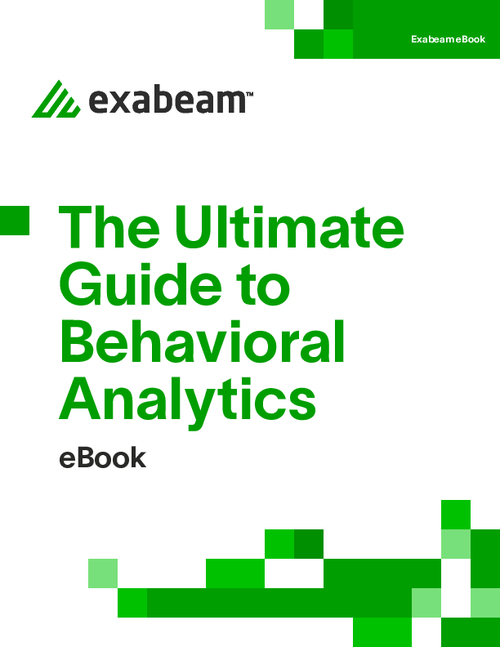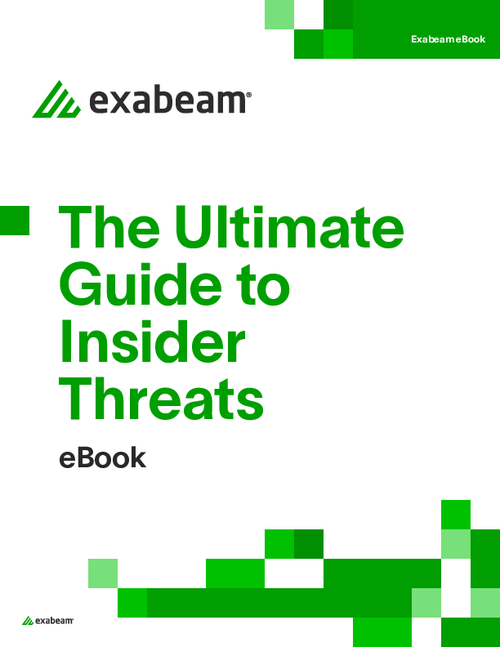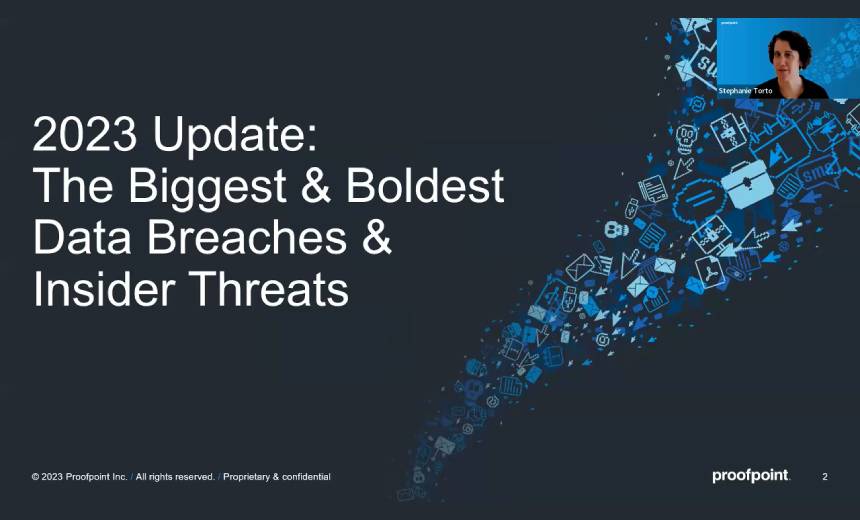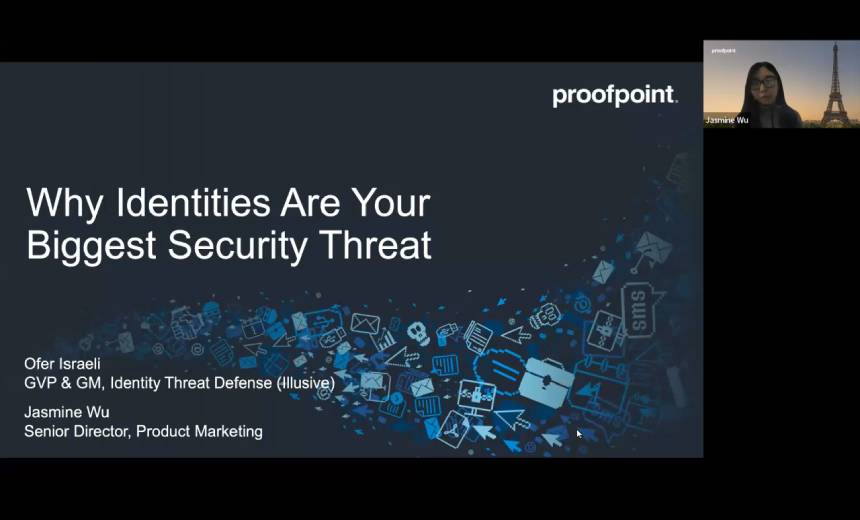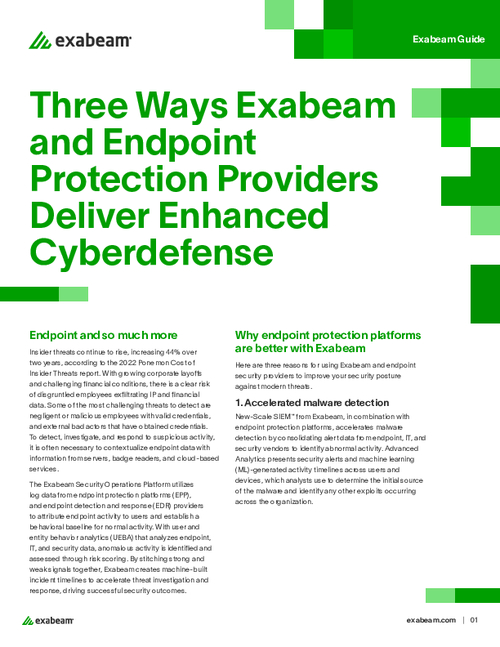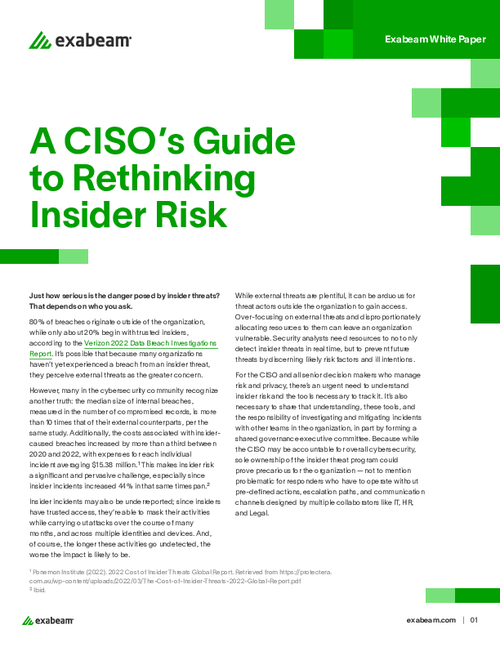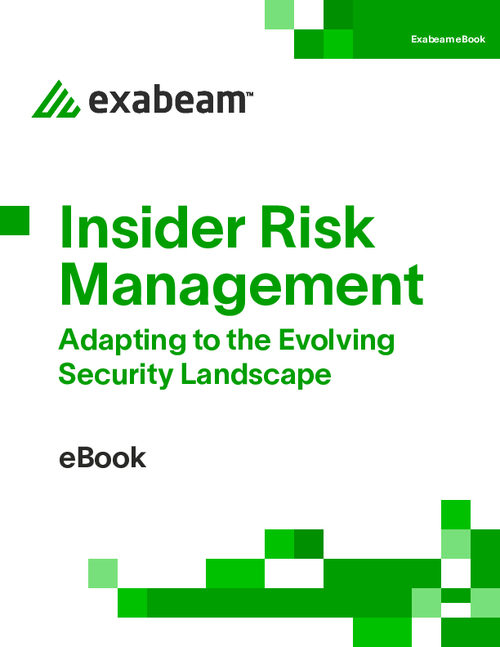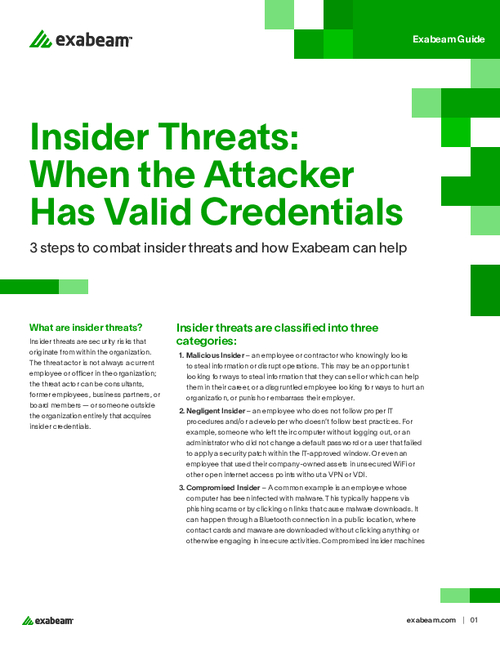Embezzlement: Find the Liars, Cheaters and Thieves
Interview with Longtime Criminal Investigator Dana Turner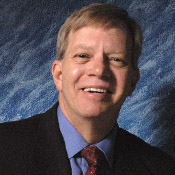
Turner is a security practitioner with Security Education Systems -- a research, consulting and training firm located near San Antonio, Texas.
He has served as a law enforcement officer in several capacities -- including the investigation of business and banking crimes; as a community college instructor and administrator in both the law enforcement and business management fields; and as a program development specialist and trainer for private businesses, governmental agencies and professional associations. He is the author of the Financial Institution Security Library and he also has served as an instructor in both the FFIEC's White Collar Crime Conference and Web Banking - Payment Systems Risk Conference.
TOM FIELD: Hi. This is Tom Field, Editorial Director with Information Security Media Group. The topic today is embezzlement, and we're talking with Dana Turner who's got years of experience in the field. Dana, thanks so much for joining me today.
DANA TURNER: Thanks for the invite, Tom.
FIELD: Dana, why pay special attention to this age-old crime of embezzlement now, of all times?
DANA TURNER: There are several reasons, but the primary one is the economy. As the economy worsens, people's need to steal, for a variety of different things, to support their families and other interests, has escalated. In many of the seminars that I do around the country, I take informal polls from the participants and ask them how certain topics are in their particular institutions. What I have learned is that from 2004 to 2008, embezzlement went up approximately 400% per year. And that is across the board, in a variety of different industries. Last year, in 2008 alone, it went up anywhere from1200% to 1500%. It has gone up drastically as the perceived need has gone up. And security is one of the first things that gets cut when the budgets starts to go downhill.
FIELD: I know you've got years of investigative experience in embezzlement. What, if anything, is different about embezzlement now in the internet age?
DANA TURNER: Every crime requires an access. If you restrict or deny the access, then you restrict or deny the crime. Security is one of the functions that takes an economic hit within the company's budget, and that puts more and more stress on other functions within the organization, such as being able to spot embezzlers before they actually hit or already have. But they don't have the investigative resources to be able to take care of that. When you look at the internet age, we have opened up a tremendous amount of other accesses that we didn't have ten years ago, between task force, identity theft, and a variety of other causes. The internet age has helped the embezzler be able to move funds around electronically without leaving a paper trail, possibly leaving an electronic one instead.
FIELD: We trust that the internet age has helped the investigator, as well. I know you've got a Webinar series coming up on embezzlement. Can you briefly describe what these two sessions will be about and what the take-aways are?
DANA TURNER: The topics for part 1 deal with occupational fraud statistics and your organizational structure, where embezzlers go to look for opportunities, how embezzlers look, act, feel, and sound, so that you can be able to spot them based upon their behaviors. We look at the motives for committing embezzlement. There are certain characteristics that embezzlers have and display that most other people simply don't have. In part 2, we look at how to conduct financial crime investigations so that we have a template, or a baseline, to be able to work with. So when a victim calls and acknowledges that they've been a victim, and this can be a company, financial institution, or family member, we have certain plans in place already so we know how we are going to go about investigating that particular crime. We also talk about search warrants, subpoenas and other investigative types of devices that we will use to go back and take the information we got from part one and begin to apply that in an interview or interrogation setting.
FIELD: Now, I've had the advantage of being able to see part one. And I've got to tell you, I thought it was an excellent, informative session.
DANA TURNER: Well, thanks, Tom. I appreciate that.
FIELD: Just to tease people a little bit with some of the information you are going to share, one of the things that jumped out to me is that you discussed the differences between male and female embezzlers, and they are pretty stark. What are some of the major distinctions that people will want to look for?
DANA TURNER: It's not simply about gender. Any good investigator will develop psychological profiles about certain kinds of offenders, whether they be pedophiles, rapists or armed robbers. There are many characteristics that are shared by that crime occupational group. When we look at the gender, the age (older embezzlers steal more money than younger ones do), their particular life styles, we can start separating those things and look for particular behaviors. And the way that I have characterized this is that women who are embezzling will typically steal to buy products or services to make them feel good. Where men, on the other hand, will buy products and services that will make them look good. I have established in part 1 of this presentation a baseline for both men and women who steal, to give you some viewpoints and clear definitions that are gender-based.
FIELD: Very good, Dana. These are going to be great sessions. I look forward to seeing the second one. I appreciate your time and your insights today.
DANA TURNER: Thanks, Tom.
FIELD: The topic is embezzlement. We've been talking with Dana Turner, who has a Webinar series coming up on the topic. For Information Security Media Group, I'm Tom Field. Thank you very much.


